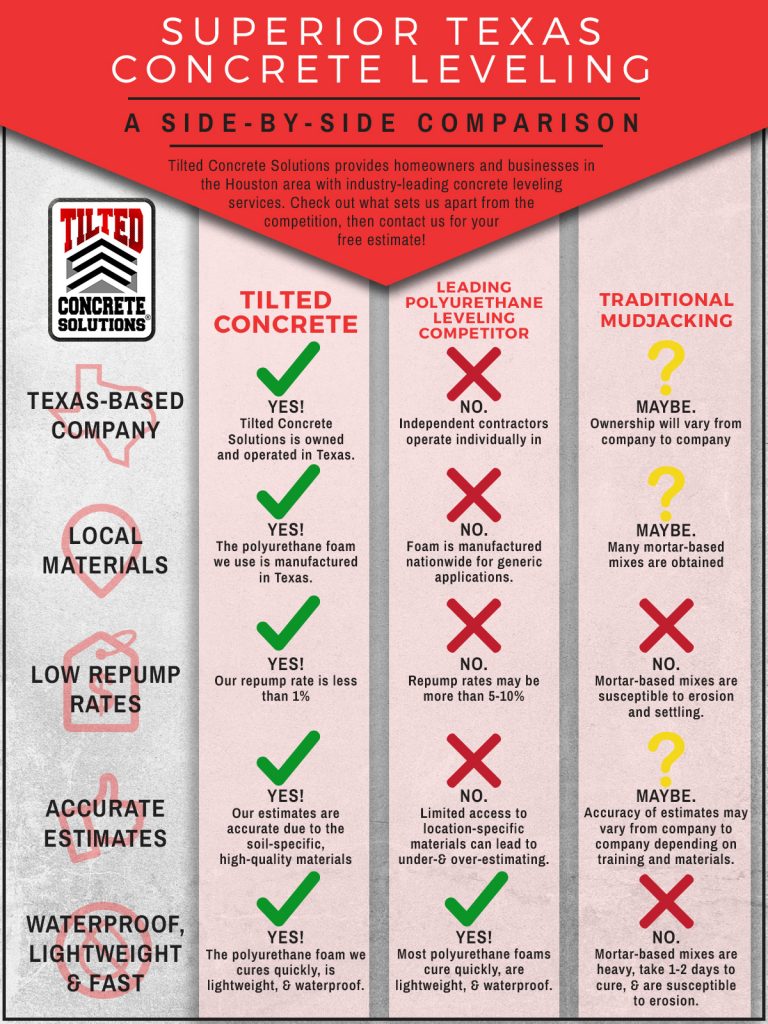Learn More About The Ways In Which Seasonal Elements Can Influence The Success Of Industrial Outside Paint And Establish The Best Times To Accomplish Enduring Outcomes For Your Job
Learn More About The Ways In Which Seasonal Elements Can Influence The Success Of Industrial Outside Paint And Establish The Best Times To Accomplish Enduring Outcomes For Your Job
Blog Article
Material By-Aguilar Celik
When you're preparing an industrial exterior painting job, seasonal elements can make or break your results. You'll want to think about how temperature and humidity impact paint application and drying out times. Picking the ideal period can ensure your paint adheres correctly and lasts longer. Yet which seasons are genuinely the very best for this kind of job? Let's check out the crucial elements that can impact your task's success.
The Effect of Temperature Level on Paint Application
When you're planning a business exterior painting job, the temperature level can significantly influence just how well the paint sticks and dries out.
Preferably, you intend to repaint when temperature levels range in between 50 ° F and 85 ° F. If it's as well cold, the paint might not cure effectively, leading to issues like peeling off or splitting.
On the other side, if it's also warm, the paint can dry out too swiftly, stopping correct attachment and causing an uneven finish.
You ought to additionally consider the moment of day; morning or late afternoon supplies cooler temperature levels, which can be extra desirable.
Always inspect the maker's referrals for the certain paint you're utilizing, as they commonly give guidance on the optimal temperature level range for optimum outcomes.
Humidity and Its Result on Drying Times
Temperature isn't the only environmental element that influences your industrial outside painting task; humidity plays a substantial function also. High humidity levels can decrease drying times considerably, impacting the total top quality of your paint task.
When the air is filled with wetness, the paint takes longer to cure, which can cause concerns like poor attachment and a greater danger of mildew development. If you're repainting on an especially moist day, be prepared for extended delay times between layers.
It's critical to keep an eye on regional weather and plan as necessary. Ideally, go for humidity levels in between 40% and 70% for optimum drying.
Keeping these consider mind guarantees your task stays on track and provides a long lasting finish.
Best Seasons for Commercial Exterior Painting Projects
What's the most effective season for your business exterior painting tasks?
Springtime and very early fall are typically your best choices. Throughout these periods, temperature levels are mild, and humidity degrees are commonly lower, producing suitable problems for paint application and drying out.
Prevent summertime's intense heat, which can trigger paint to dry also swiftly, resulting in bad adhesion and coating. Likewise, winter's chilly temperature levels can hinder appropriate drying and curing, taking the chance of the longevity of your paint job.
Go for days with temperature levels between 50 ° F and 85 ° F for optimal results. Remember to check the regional weather prediction for rain, as wet problems can destroy your project.
Planning around these elements ensures your paint task runs smoothly and lasts much longer.
Conclusion
Finally, intending your business exterior painting projects around seasonal factors to consider can make a significant distinction in the result. By https://winknews.com/2023/03/15/cape-coral-senior-home-resident-paints-mural-for-memory-care-unit/ during the perfect temperature levels and moisture levels, you'll ensure much better bond and drying times. Bear in mind to watch on regional weather report and pick the right time of year-- spring and very early fall are your best choices. Taking https://painter-near-me55443.bloguerosa.com/33292879/preparing-your-home-for-the-arrival-of-specialist-house-painters will certainly aid you accomplish a sturdy and professional coating that lasts.
